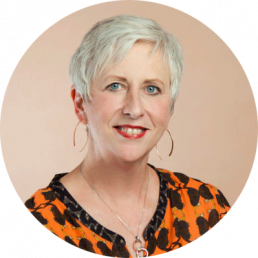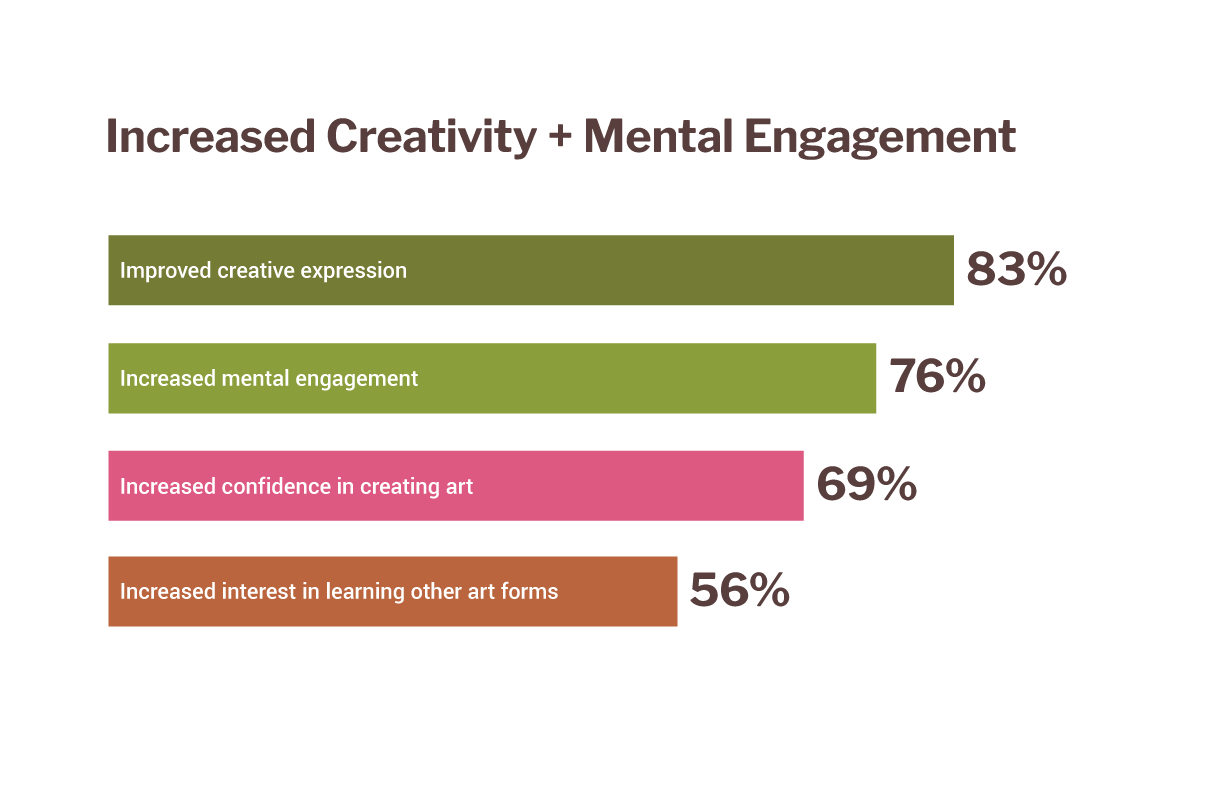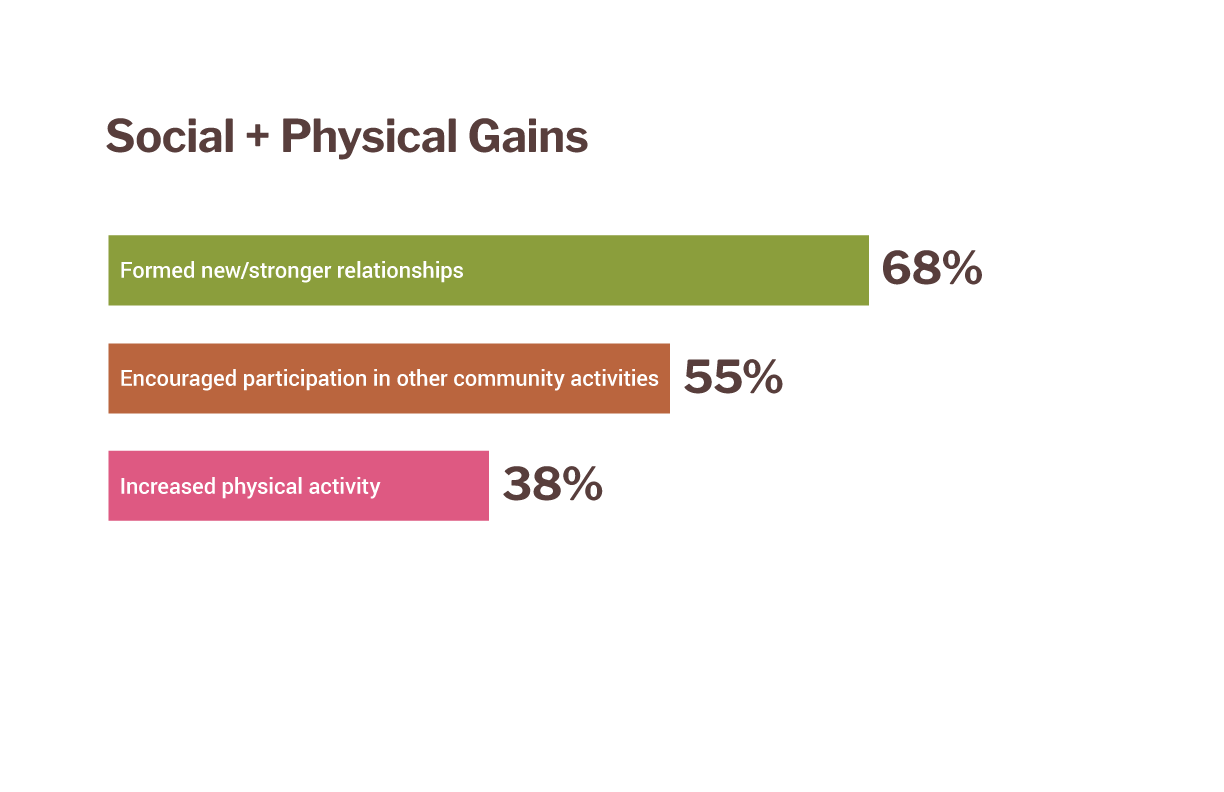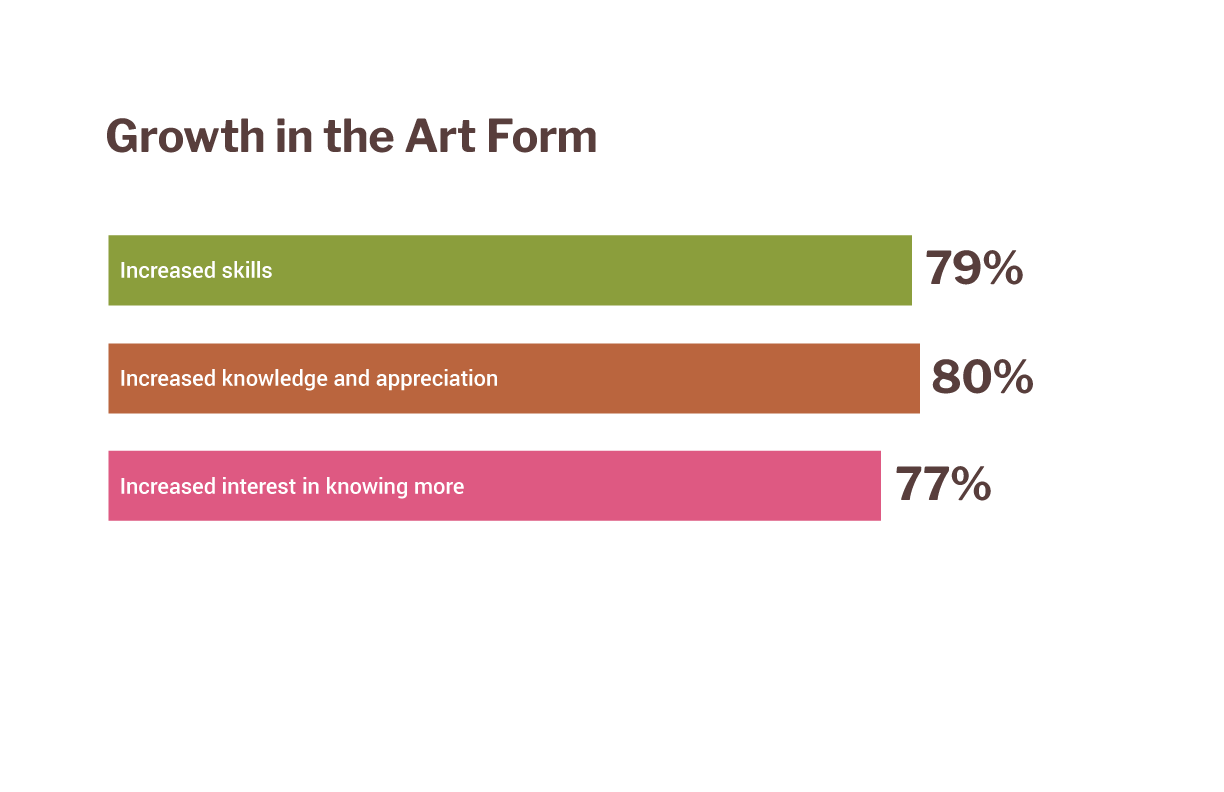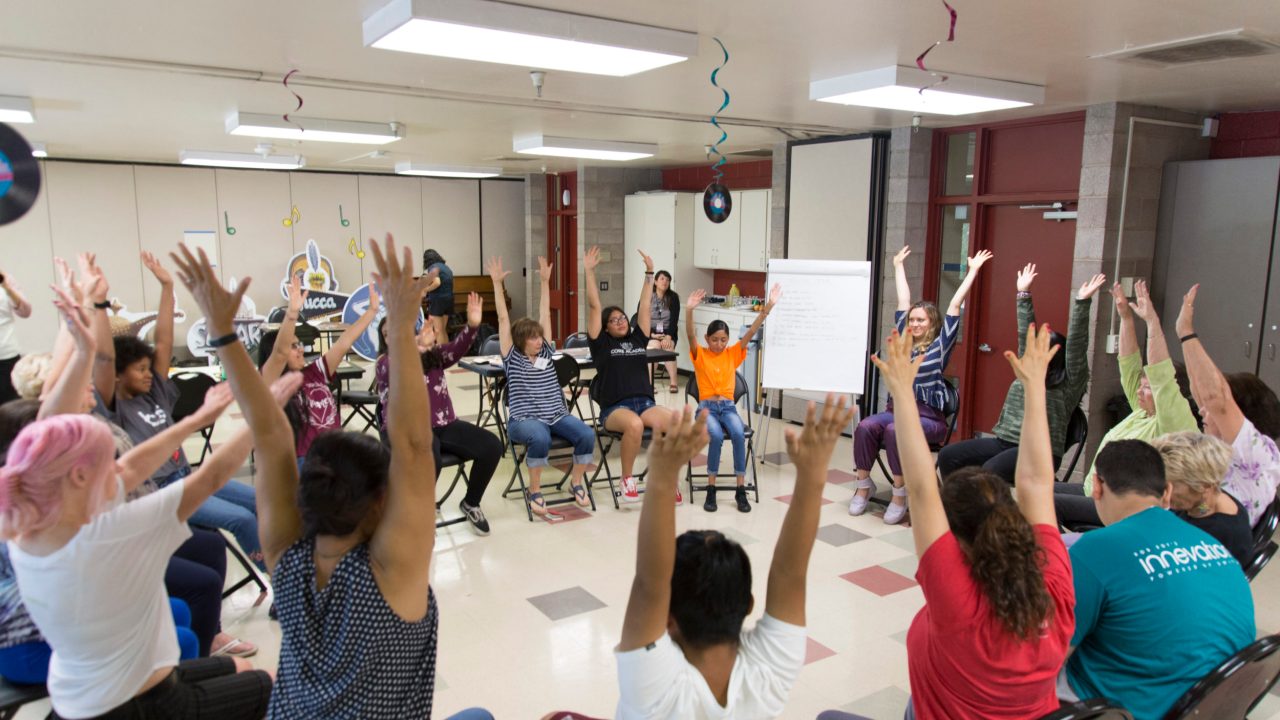
In 2018, twenty organizations enrolled in a special museum cohort of Aroha Philanthropies’ Seeding Vitality Arts® program. This is the third cohort of grantees that have received funding from Aroha, and training provided by Lifetime Arts, to develop high-quality, intensive arts-learning opportunities for older adults. We are continually featuring guest posts from many of these museums on the blog, sharing what they’ve learned. Today, Teresa Bonner of Aroha Philanthropies describes some of the key outcomes of the two earlier cohorts of Seeding Vitality Arts grantees.
Who knew what could happen when museums offered arts programs for people fifty-five and better?
We believed that museums would be eager to develop programs, that they needed help developing them, and that older adults would clamor for them and their lives would be enriched immeasurably through the experience. We based this belief on what we learned through our first two rounds of funding and the thirty grantees that participated in our Seeding Vitality Arts® initiative, which we launched in 2015.
Here’s why:
Organizational Interest
When we issued our first call for proposals to develop these high-quality arts learning programs for older adults, we were surprised and delighted by the interest across the country: more than two hundred organizations from more than forty states applied to participate!
Aroha selected fifteen of those applicants to be part of our inaugural cohort of grantees. We provided two years of funding for a sequential, skill-based arts education workshop series of eight weeks or more. A year later, we welcomed fifteen additional Minnesota-based organizations in a second cohort.
Program Development
More importantly, we engaged New York-based Lifetime Arts, the premier service organization in creative aging, to provide extensive in-person training and ongoing technical—and transformational—assistance so that our grantees’ programs would be successful.
A key aspect of this initiative is an evaluation process developed and implemented by Touchstone Center for Collaborative Inquiry, a Minneapolis-based firm. Touchstone created participant and audience outcome surveys, gathered the perspectives of program coordinators and teaching artists, and helped grantees strengthen their capacity to tell their stories using the data collected.
Outcomes
And what data it is! Nearly seventeen hundred older adult participants completed surveys about the workshops they took in 2017 and 2018. They reported remarkable impact:
Themes
From these participant surveys, together with extensive interviews with grantees, several key themes emerged:
- Older adults place a very high value on challenging arts-learning programs designed with their desires and needs in mind.
- Confidence, creativity, courage, a sense of purpose, and social and mental engagement all grew in the vast majority of participants.
- Cross-sector collaboration requires an investment of time upfront—to learn a partner organization’s motivations, culture, needs, norms, and even its language.
- Diversity, equity, and inclusion in programs for older adults require specific intention and attention.
- Participants frequently expanded their relationships with the arts organizations offering these programs—well beyond the classes themselves.
- Appreciation of the capabilities of older adults grew in participants, audiences, and organizations.
By offering these programs, arts and cultural institutions have a remarkable opportunity to facilitate the creativity of older adults, build community, and forge new relationships.
Our museum grantees are creating amazing programs for those fifty-five and better. Here is a tiny sample:
- Graffiti art at the Minneapolis Institute of Arts, Minneapolis, MN
- Navajo weaving at the Heard Museum, Phoenix, AZ
- Botanical drawing at the Garfield Park Conservatory Alliance, Chicago, IL
- 3-D paper sculpting at Museum L-A, Lewiston, ME
- Blacksmithing at Union County Historical Society and Heritage Museum, New Albany, MS
AAM has invited all twenty of these museums to contribute to AAM’s blog, so look forward to inspiring stories from your colleagues over the next year!
About the author:
Teresa Bonner brings more than thirty years of professional experience in philanthropy, foundation, and nonprofit leadership to her role as Executive Director for Aroha Philanthropies. She is a frequent presenter on philanthropy as well as on creative aging, including sessions at the National Assembly of State Arts Agencies, Grantmakers in the Arts, Grantmakers in Aging, Americans for the Arts, Philanthropy New York and the American Society on Aging.
